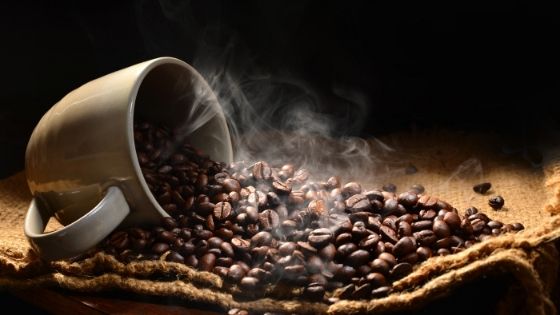With Arabica beans including 80% of its yield, Brazil’s coffee creation has gained notoriety for solid quality and consistency — important components for coffee roasters. The Brazil Specialty Coffee Association (BSCA) advocates for the benefit of the country’s farmers.
Customarily, Brazilian farmers measure their coffee utilizing the characteristic technique given the shortage of water the nation over. This is great if you want to import coffee from Brazil. All the more as of late, in any case, a developing number presently utilize the washed and pulped-characteristic processing strategies with an end goal to draw out an assortment of flavor profiles.


There are four significant coffee-creating states in Brazil that envelop an assortment of areas — all developing strength coffees. Here’s a manual for the key qualities found in the locales of those states that produce Arabica beans:
State: Minas Gerais
This state produces around 50% of Brazil’s Arabica coffee. It’s likewise a significant maker of strength coffees from this country.
Matas de Minas
Flavor Profile: The ascent of this present locale’s standing for developing superior grade, claim to fame coffee is because of the caramel and chocolate notes delivered by the space’s high stickiness and hotter environment.
Processing Format: Washed or characteristic
Normal Harvest Season: October to March
Chapada de Minas
Flavor Profile: Due to its good country area, this locale ordinarily utilizes automated creation rehearsals. This results in beans with a sweet and, now and then, chocolate flavor.
Processing Format: Washed or normal
Normal Harvest Season: October to March
Cerrado de Minas
Flavor Profile: The primary coffee-delivering region to win the Brazil “Assignment of Origin” seal, Cerrado de Minas flaunts a comparable height in the coffee world to that of acclaimed wine-creating areas. Its farms range in size from medium to enormous estates and, because of its four particular seasons, give an ideal climate to developing forte coffee. Coffees from this area are normally more acidic than different areas.
Processing Format: Washed or normal
Normal Harvest Season: October to March
Sul de Minas
Flavor Profile: Responsible for around 30% of the country’s coffee creation, this high-height and moderate-temperature locale produces numerous assortments of Arabica beans — generally on little farms. Coffees in this district ordinarily gloat a fruity fragrance and full body.
Processing Format: Washed or regular
Normal Harvest Season: October to March
State: São Paulo
This state flaunts a rich history just as Brazil’s biggest coffee-sending port. Most traders use Sao Paulo to import coffee from Brazil.
Mogiana
Flavor Profile: Rich, red volcanic soil, high heights, and gentle temperatures all assist this locale to produce incredible coffees with low corrosiveness, a full body, and notes of fruitiness or chocolate.
Processing Format: Washed or common
Normal Harvest Season: October to March
Centro-Oeste de São Paulo
Flavor Profile: Characterized by its uneven landscape, this area is home to four urban areas with dominatingly little to medium-sized farms. Coffees from this space will in general have a gentle flavor.
Processing Format: Washed or regular
Normal Harvest Season: October to March
State: Espírito Santo
Known as Brazil’s biggest maker of Robusta beans, this state likewise develops some forte coffees.
Montanhas do Espírito Santo
Flavor Profile: A good country region with gentle temperatures, this district produces beans with a high aridity and natural product forward flavor profile.
Processing Format: Natural
Normal Harvest Season: October to March
State: Bahia
Rather than Brazil’s long history of coffee creation, Bahia just began developing coffee during the 1970s — making it the country’s freshest coffee-delivering state. Arabica beans represent around 75% of the coffee that comes here.
Cerrado and Planalto da Bahia
Flavor Profile: High-tech creation rehearses put this area aside for their proficiency, yet in addition for conveying top caliber, strength coffees. Truth be told, one of the district’s coffees won the pulped-common “Cup of Excellence” in 2015. Coffees from this space commonly have a sweet flavor profile because of the great elevations, stormy winters, and dry summers.
Processing Format: Natural
Normal Harvest Season: October to March















